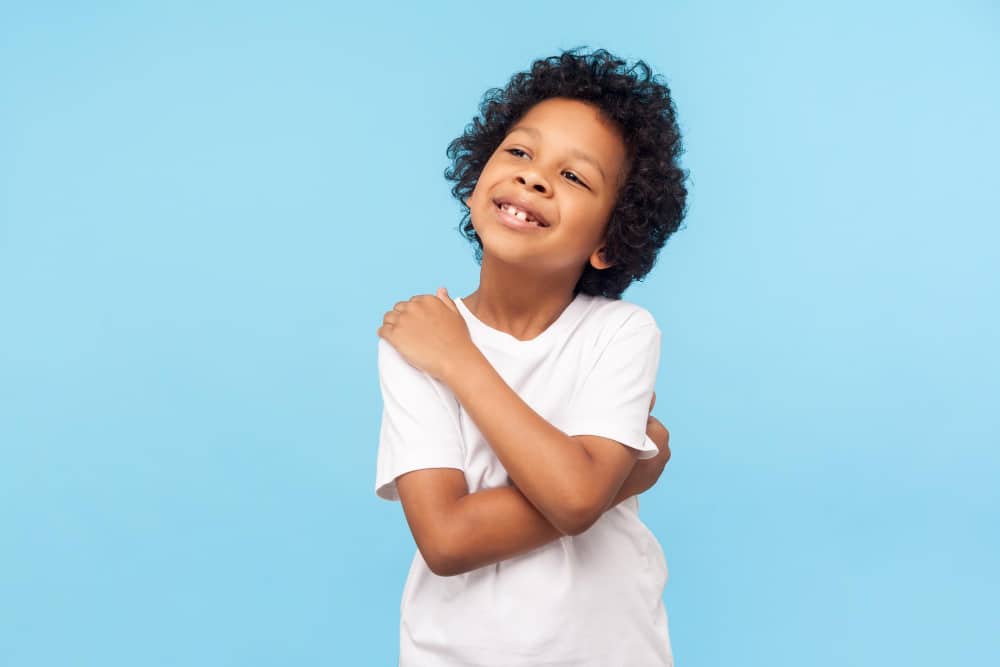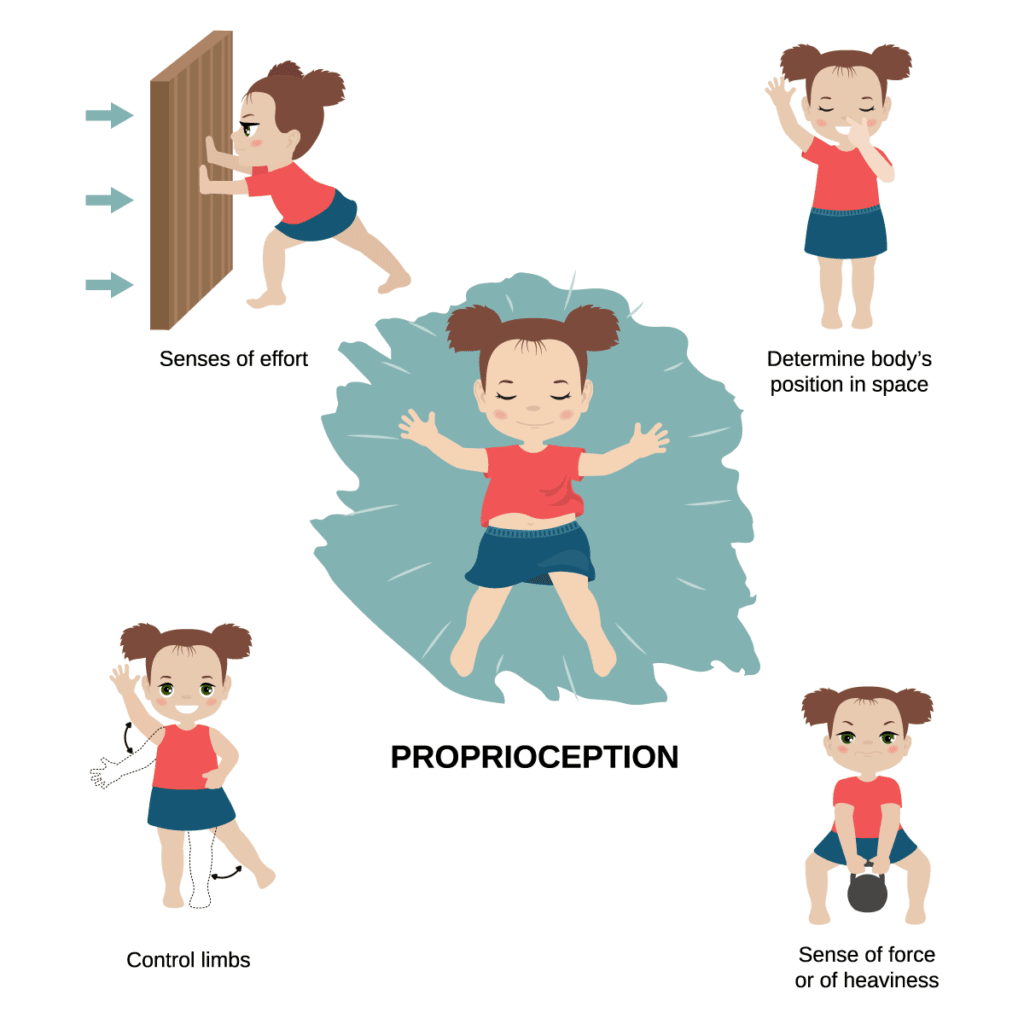Throughout the day our bodies are constantly receiving sensory input. We process our environment using our body’s 8 senses: auditory (hearing), visual (sight), olfactory (smell), gustatory (taste), tactile (touch), vestibular (movement), proprioceptive (input from muscles and joints) and interoception (internal sensors indicating physiological conditions).
Some individuals may be under-sensitive to sensory input, sometimes referred to as “sensory seekers.” To compensate for this, one will often seek out intense sensory input to give their bodies more feedback, often to their vestibular and proprioceptive systems. This may look like:
- Falling down on purpose
- Seeking out jumping, hopping, crashing, and often bumping into things and other people
- Having difficulty with graded force (not knowing their own strength when putting force behind an object)
- Having an unusual high pain threshold
- Touching people and objects often
- Decreased sense of personal space (may stand too close when talking to others)
- May seek out or make loud noises
- Chewing on sleeves or other non-food items
PROPRIOCEPTION
The proprioceptive sense provides us with information from our muscles and joints, and it helps us to understand where our body parts are in relation to one another. Our bodies can receive proprioceptive input through active movement or be given passively through deep pressure.
Proprioceptive input through movement
- Jumping, stomping, running
- Wheelbarrow walks, army crawls, animal walks
- Crawling on hands and knees
- Kicking a soccer ball or exercise ball
- Push-ups (wall push-ups or chair push-ups)
- Walking out hands while legs are on an exercise ball
- Bouncing on an exercise ball
Activities that incorporate weighted objects or resistance
- Pulling apart resistant toys (legos, snap beads, stretchy toys, Squigz)
- Theraputty
- Hanging from monkey bars
- Catching/throwing a heavy ball or bean bag
- Pulling/pushing, carrying heavy items (wagon, laundry, groceries)
- Drinking through a straw (typically thicker liquids are better for this)
- Crunchy foods for a snack
It is important to recognize that getting proprioceptive input through too much movement/sensory stimulation (i.e. jumping on the trampoline for extended time) may result in a child becoming disorganized and overstimulated. This can be due to other sensory systems (i.e. vestibular system) receiving too much stimulation during the activity. You can add structure to the activity by having a child jump for the duration of their favorite song, do one jump for each letter in their name, etc. You can also add an additional deep pressure activity following a structured movement task. When the whole body is provided with deep pressure, it can have a calming, organizing effect on a person.

Deep Pressure Activities
- Bear hugs
- Massage
- Blanket burritos (firmly wrapping a child in a blanket, while keeping head uncovered)*
- Squishing the child between two soft pillows (while head is exposed)*
- Ball squishes (firmly rolling therapy ball on child’s trunk, legs, arms)*
- Joint compressions
- Climbing under sofa cushions
- Weighted blankets**
- Weighted vests** or compression garments
- Deep vibration to the whole body
*Firm but pain free*
**Weighted vests/blankest should first be discussed with your child’s occupational therapist to determine optimal weight, wearing schedule, or limitations**
It is important to recognize that although many of these activities can be seen as calming, there may be some that your child does not prefer (i.e. a child with tactile sensitivities may not enjoy bear hugs). You can work together with your child’s occupational therapist to create a balanced sensory diet (scheduled sensory breaks throughout your child’s day to allow for optimal arousal level) that will work best for your individual child.
References:
Ford-Lanza, A. (2019, May 25). The Ultimate Guide to Deep Pressure therapy. Harkla. Retrieved from https://harkla.co/blogs/special-needs/deep-pressure-therapy.
Maistry, N. (2020, April 4). The proprioceptive system – how this system can be both calming and alerting for children. High Hopes Dubai. Retrieved from https://www.highhopesdubai.com/the-proprioceptive-system-how-this-system-can-be-both-calming-and-alerting-for-children/.
Morin, A. (2021, April 19). Sensory seeking and sensory avoiding: What you need to know. Understood. Retrieved from https://www.understood.org/articles/en/sensory-seeking-and-sensory-avoiding-what-you-need-to-know.

